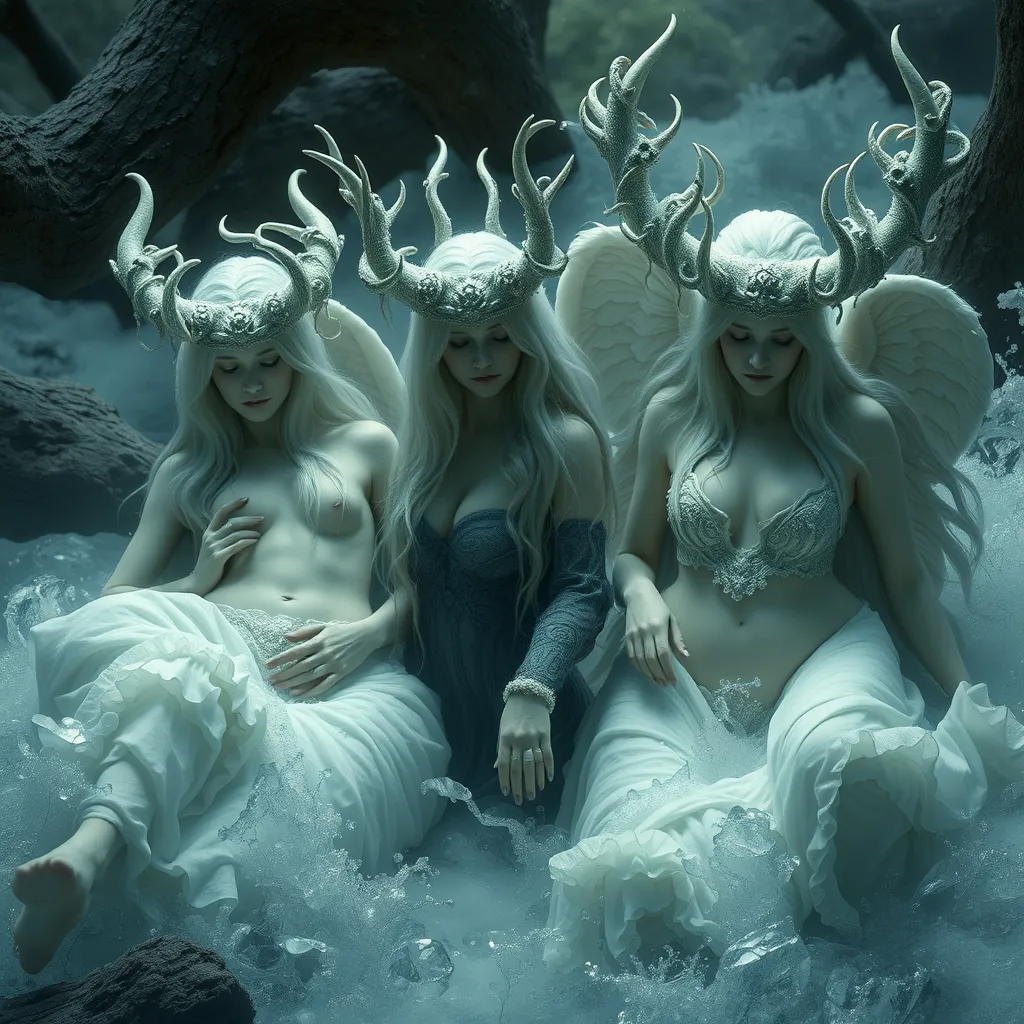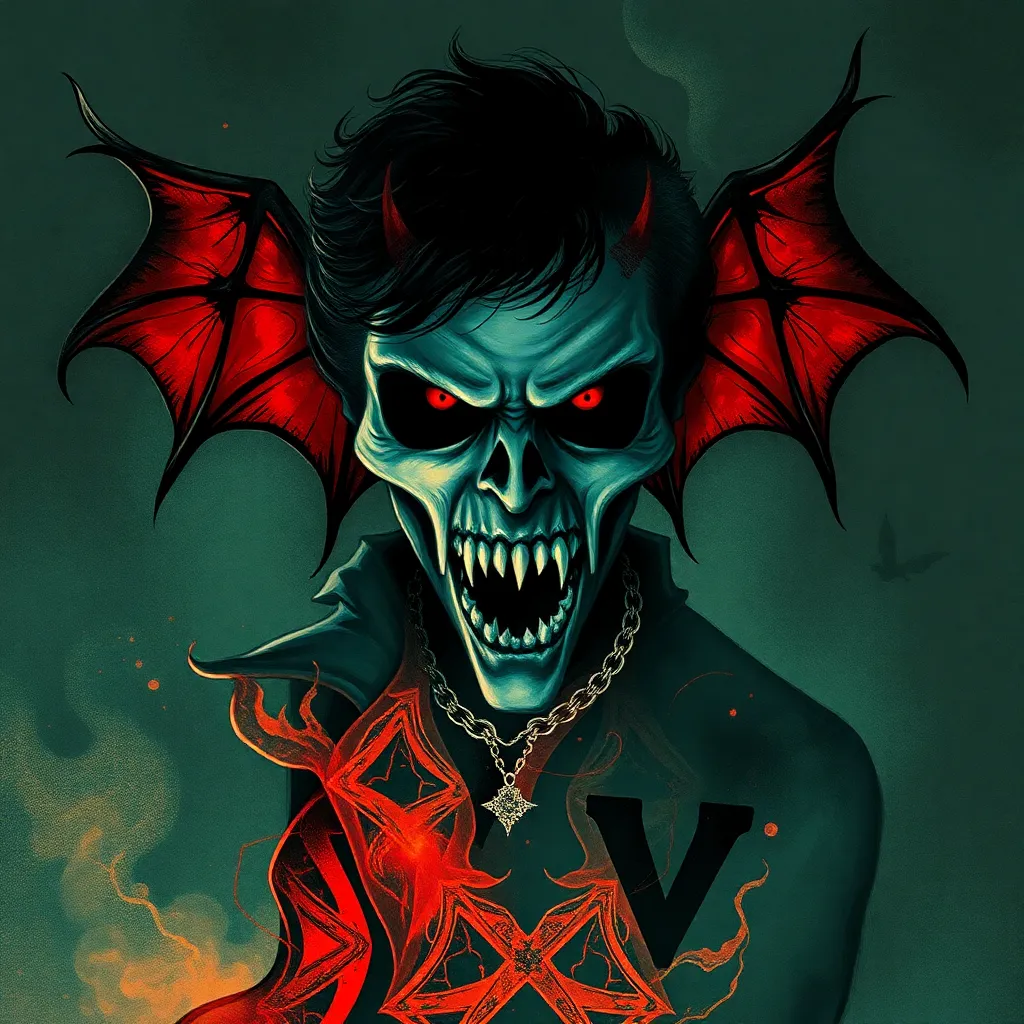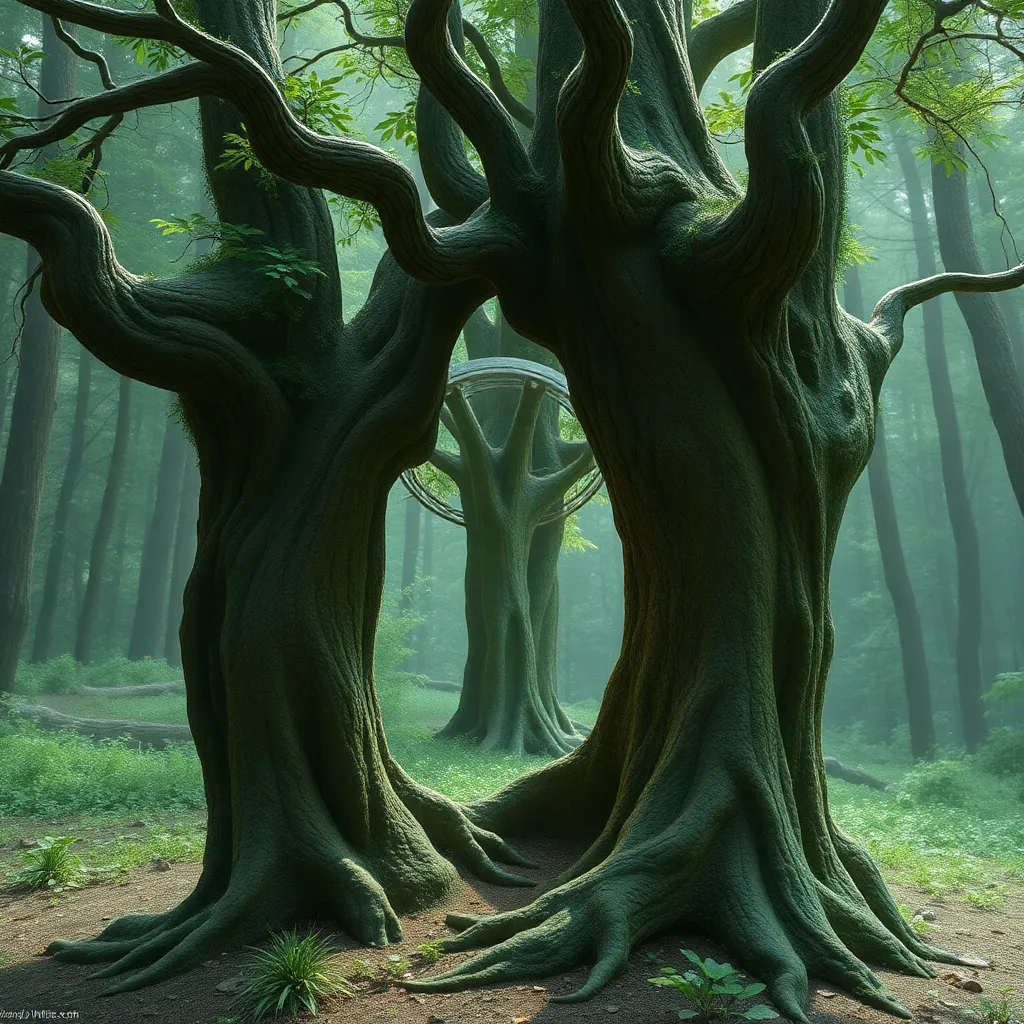The Nymphs of Norse Mythology: Exploring the Vala and the Huldra
I. Introduction to Norse Mythology
Norse mythology is a rich tapestry of stories, beliefs, and deities that shaped the worldview of the Norse people. Rooted in the ancient traditions of Scandinavia, these myths offer insight into the complex cosmology, which includes a diverse array of beings ranging from gods and giants to spirits and nymphs.
Mythological beings played a crucial role in Norse culture, embodying the values, fears, and hopes of the people. Among these figures are the Vala and the Huldra, two types of nymphs that hold significant importance in Norse lore. This article will delve into their characteristics, roles, and the cultural implications of these fascinating figures.
II. The Vala: The Seeresses of Norse Lore
The Vala, often referred to as a seeress or prophetess, occupies a unique place in Norse mythology. These women were believed to possess the power of foresight, able to see into the future and provide wisdom to those who sought their counsel.
Historically, the concept of the Vala can be traced back to ancient Scandinavian traditions where such figures were revered as wise women. They often lived on the fringes of society, embodying both the sacred and the mysterious. The role of the Vala was particularly significant during the Viking Age, where their prophecies could influence battles and decisions.
Prophecy and wisdom are central themes in Norse culture, and the Vala serves as a symbol of these attributes. Their insights were not just concerned with individual fates but often tied to the larger cosmic order, reflecting the interconnectedness of all beings in the Norse worldview.
III. The Huldra: The Enigmatic Forest Dwellers
The Huldra, another captivating figure in Norse mythology, is often depicted as a beautiful woman with a hidden, animalistic nature. Commonly associated with the forest and wilderness, the Huldra is known for her enchanting beauty and seductive charm.
Typically characterized by a cow’s tail and an alluring appearance, the Huldra embodies the connection between humanity and nature. She is often seen as a guardian of the woods, protecting the flora and fauna while also serving as a reminder of the dangers that lurk in the wilderness.
The dual nature of the Huldra is particularly interesting: she can be a benevolent figure, helping lost travelers, or a dangerous temptress who leads men to their doom. This complexity illustrates the balance of beauty and danger inherent in nature, reflecting the nuanced relationship that the Norse people had with their environment.
IV. Comparisons Between the Vala and Huldra
While both the Vala and the Huldra are significant female figures in Norse mythology, they serve different purposes and represent different aspects of the Norse worldview.
- Similarities: Both figures embody feminine power and are deeply connected to the natural and mystical worlds. They represent wisdom and the unseen forces that influence human lives.
- Differences: The Vala is primarily a figure of prophecy and foresight, while the Huldra is tied more closely to nature and the wilderness. The Vala engages with human affairs through wisdom, whereas the Huldra interacts on a more personal and often seductive level.
- Cultural Significance: The Vala symbolizes the quest for knowledge and understanding, while the Huldra represents the allure and peril of nature, reminding people of the importance of respecting the wilderness.
V. Folklore and Legends Surrounding the Vala and Huldra
Numerous stories and myths revolve around the Vala, showcasing her role as a wise figure in Norse tales. One notable example is the Völuspá, a poem in the Poetic Edda where a Vala recounts the creation of the world and foretells its end during Ragnarok. This poem emphasizes the importance of her insights as they shape the destiny of gods and men alike.
The Huldra, too, has a plethora of tales that vary by region. In some stories, she helps lost travelers find their way, while in others, she lures men into the woods, only to reveal her dangerous side. The tales of the Huldra reflect the cultural attitudes towards nature, emphasizing both its beauty and its unpredictability.
These stories have had a lasting impact on Scandinavian folklore, influencing literature, art, and even modern interpretations of mythology. The mystique surrounding both the Vala and the Huldra continues to captivate audiences today.
VI. The Vala and Huldra in Modern Culture
In contemporary literature and media, both the Vala and the Huldra have found new life. They are often depicted as symbols of feminine power and nature’s mysteries, appearing in novels, films, and artwork that draw on Norse mythology.
The resurgence of interest in Norse mythology has led to a reevaluation of these figures, inspiring modern interpretations that highlight their complexities. The Vala is often portrayed as a wise mentor or guide, while the Huldra embodies themes of nature, femininity, and the interplay between beauty and danger.
VII. The Symbolism of the Vala and Huldra
The symbolism of the Vala is multifaceted, representing wisdom, foresight, and the pursuit of knowledge. In a world where uncertainty looms, the Vala serves as a beacon of hope, guiding individuals and communities through their struggles.
Conversely, the Huldra represents the raw power of nature and the feminine spirit. She embodies both nurturing and perilous aspects of the natural world, challenging societal norms about femininity and the wilderness. The Huldra’s duality serves as a reminder of the complexities of existence and the need for balance in life.
VIII. Conclusion
In conclusion, the Vala and Huldra are integral figures in Norse mythology, embodying wisdom, nature, and the complexities of the human experience. Their enduring legacy in contemporary culture speaks to the timeless relevance of mythological narratives.
As we explore these rich stories and their implications, we gain a deeper understanding of the Norse worldview and the cultural significance of these nymphs. Preserving and exploring such mythological narratives enriches our appreciation for the diverse tapestry of human belief and creativity.



